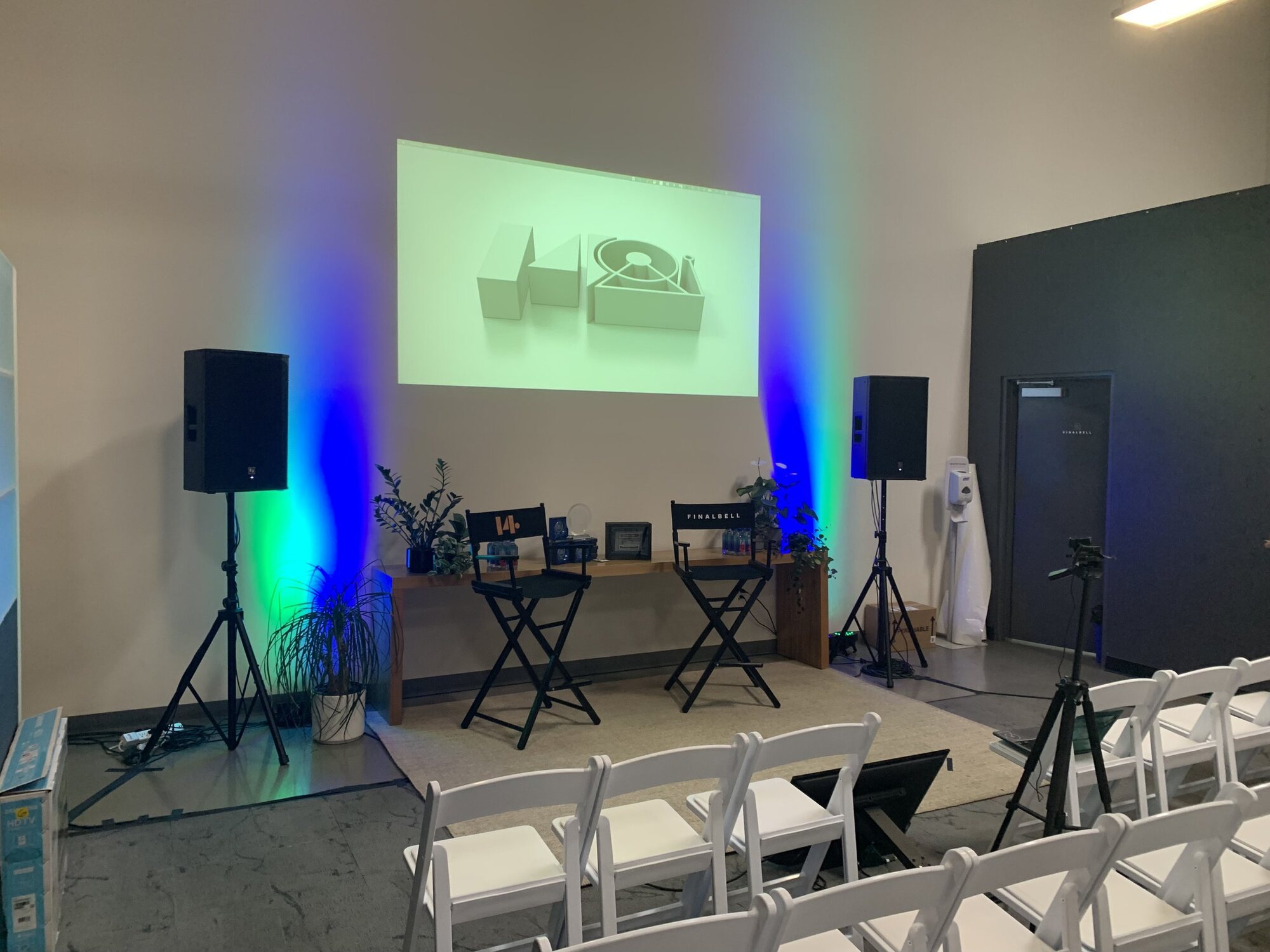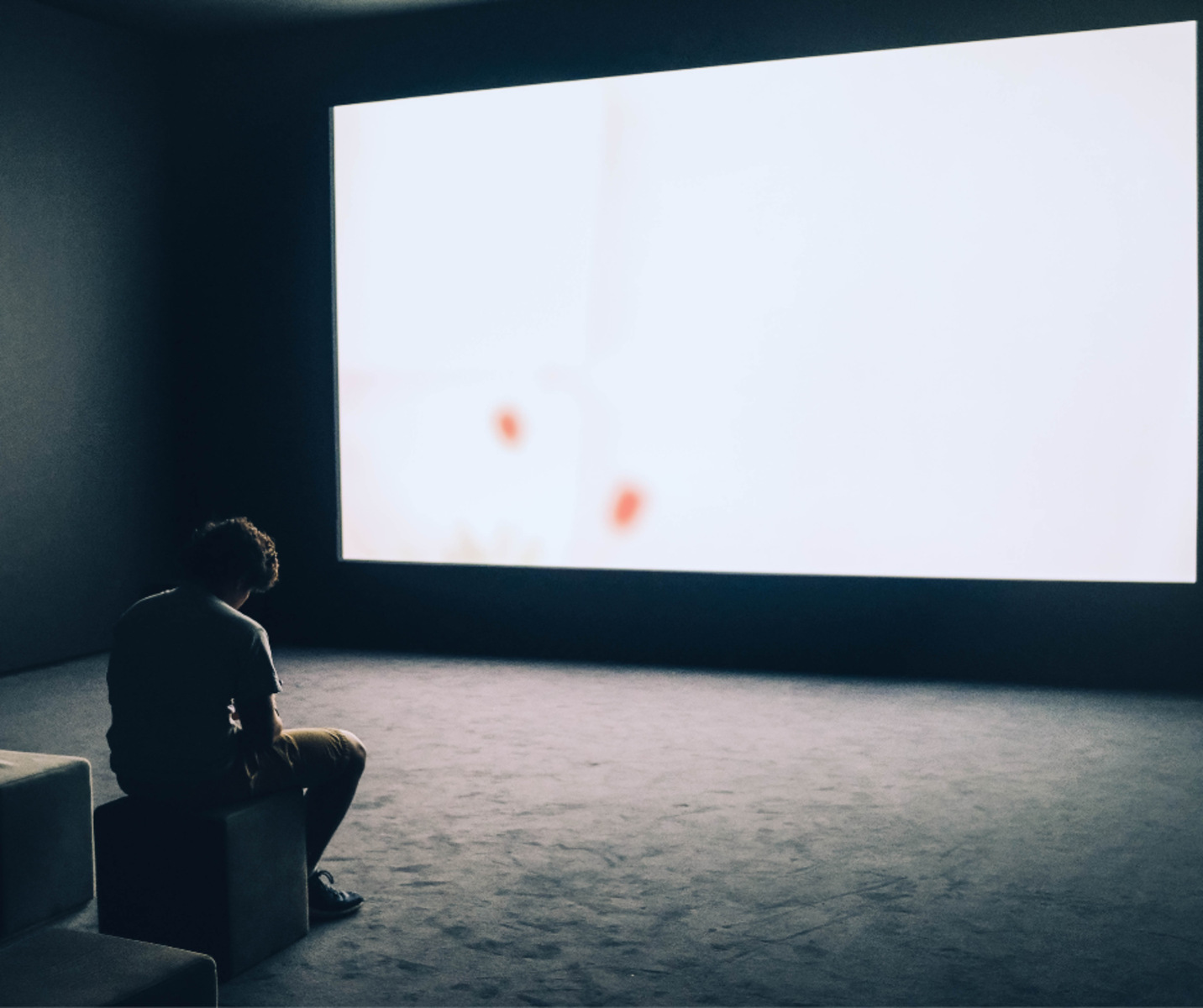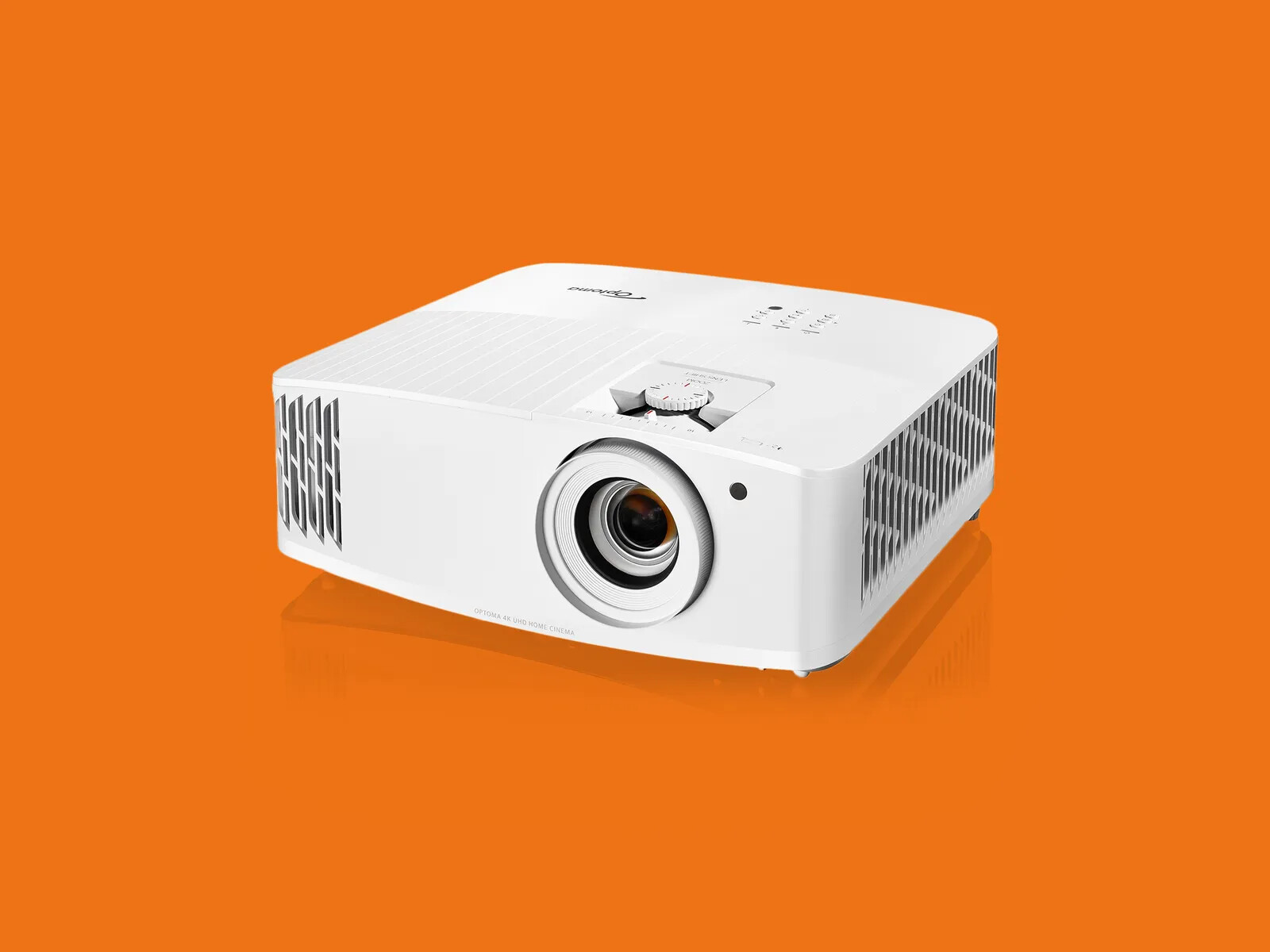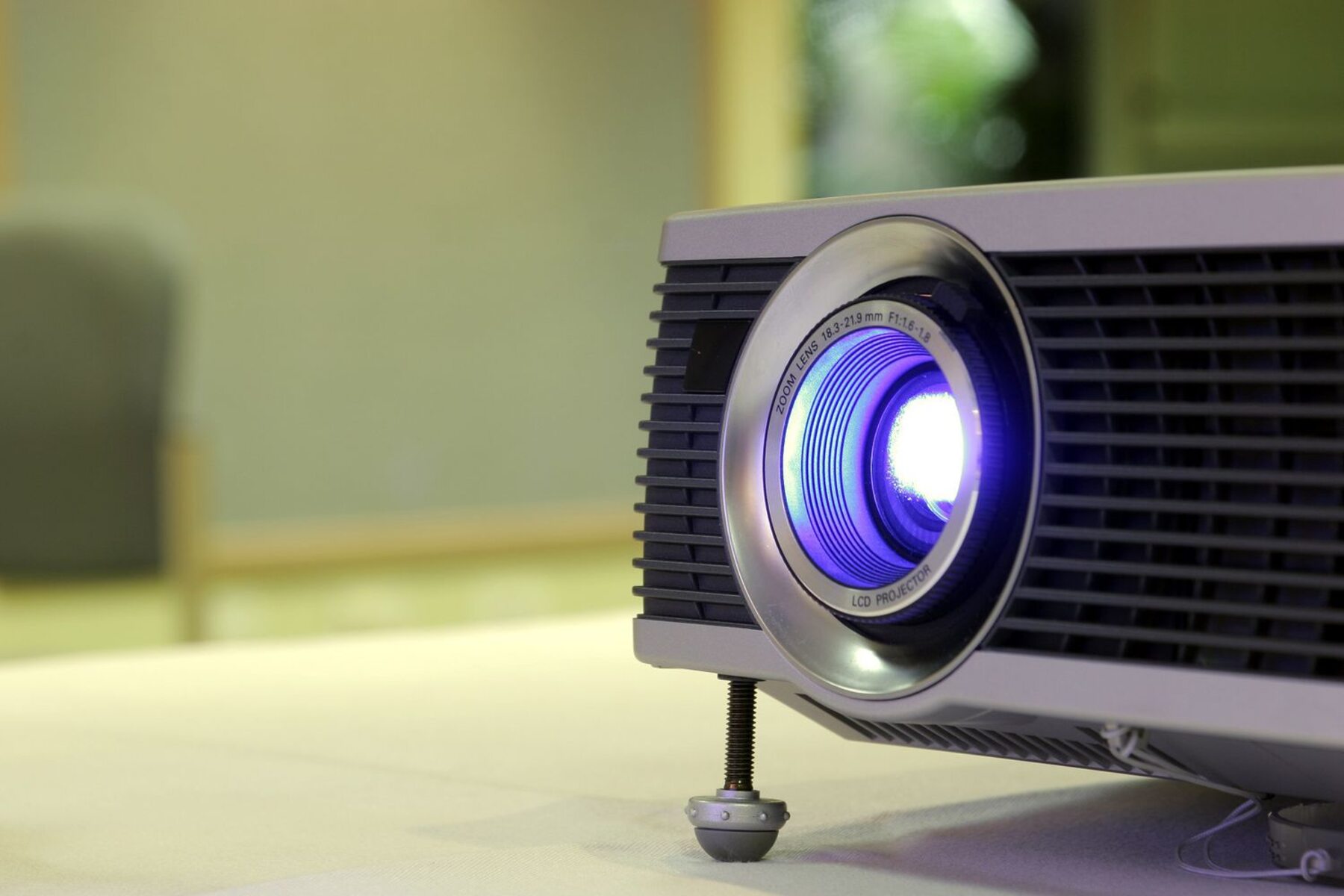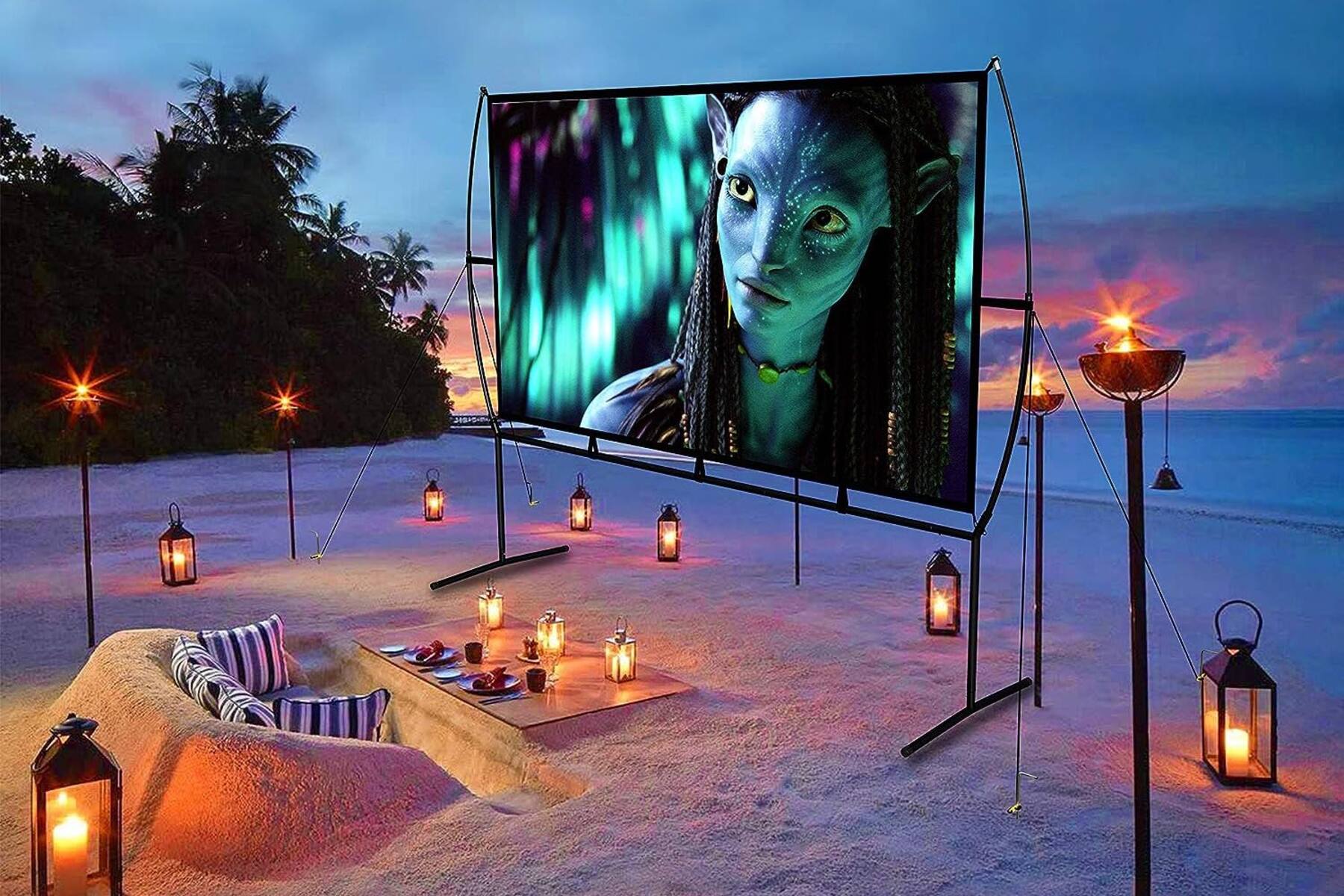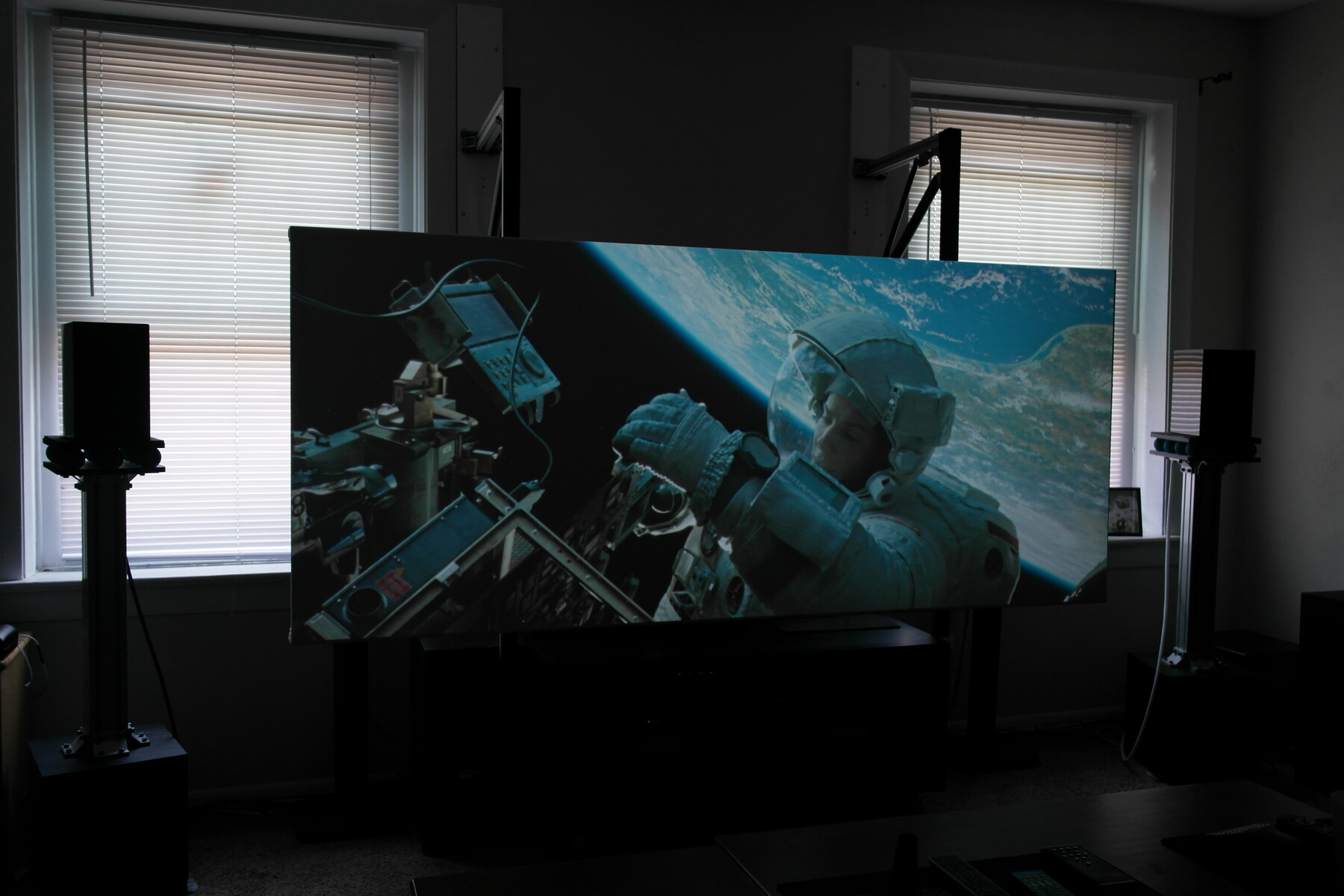Introduction
Welcome to the world of projectors, where image quality and visual appeal are key factors in creating an immersive viewing experience. When discussing these aspects, one of the most important factors to consider is contrast ratio.
Contrast ratio refers to the difference between the darkest and brightest areas of an image that a projector can produce. It is a crucial specification that significantly impacts picture quality, particularly in terms of depth, detail, and overall visual performance.
Imagine watching a movie or giving a presentation on a projector that lacks contrast. The colors may appear washed out, and the image may seem flat, lacking the depth and vibrancy needed to captivate an audience. On the other hand, a projector with a high contrast ratio brings out the subtle nuances in shadows, highlights, and colors, resulting in a more dynamic and lifelike visual experience.
The importance of contrast ratio should not be underestimated, as it has a direct impact on the viewers’ engagement and perception of the content being displayed. A projector with a high contrast ratio can make a significant difference in the overall quality and enjoyment of the viewing experience.
Whether you’re using a projector for home entertainment, business presentations, or educational purposes, understanding the significance of contrast ratio and its implications is essential in making an informed decision when selecting a projector that suits your needs.
In this article, we will delve deeper into the importance of contrast ratio in a projector and discuss how it can enhance the picture quality. We will also explore the factors that affect contrast ratio and provide some tips on choosing the right contrast ratio for your specific requirements.
What is contrast ratio in a projector?
Before delving into the importance of contrast ratio, it’s important to have a clear understanding of what it actually means in the context of projectors. Contrast ratio is a specification that measures the difference between the brightest white and the darkest black that a projector can produce.
The contrast ratio is often expressed as a numerical value, such as 1000:1 or 5000:1. The first number represents the brightness of the white image, while the second number represents the darkness of the black image. A higher contrast ratio indicates greater differentiation between the brightest and darkest parts of the image.
Essentially, contrast ratio determines the projector’s ability to display details in both dark and bright areas of a scene. A higher contrast ratio means that the projector can produce deeper, more accurate blacks and brighter, more vibrant whites. This leads to improved color accuracy, enhanced image depth, and better overall picture quality.
Having a high contrast ratio is especially crucial in scenarios where a projector is used in a dark room or for watching movies with dark or dimly lit scenes. In these situations, a projector with a high contrast ratio can effectively reproduce the subtle details and nuances in shadows, resulting in a more immersive and realistic viewing experience.
It’s important to note that contrast ratio is a dynamic specification, meaning that it can vary depending on the content being displayed and the specific conditions of the environment. Some projectors may have a higher contrast ratio in a controlled dark room, while others may excel in well-lit environments. Therefore, it’s essential to consider your specific viewing conditions when evaluating contrast ratio.
Now that we have a clear understanding of contrast ratio, let’s explore why it is a crucial factor to consider when choosing a projector and how it can enhance the overall picture quality.
Understanding the importance of contrast ratio
Contrast ratio plays a vital role in determining the visual performance and quality of a projector. It has a direct impact on the overall clarity, depth, and detail of the image being projected. Let’s explore why contrast ratio is important and how it can enhance the viewing experience.
First and foremost, a high contrast ratio allows for better differentiation between dark and bright areas of an image. This means that shadows appear deeper, and highlights appear brighter and more vibrant. The ability to reproduce a wide range of brightness levels makes the image appear more realistic and visually appealing.
Furthermore, contrast ratio affects the overall perceived image quality by enhancing the level of detail and sharpness. Projectors with a high contrast ratio can accurately render subtle nuances in textures, providing a more immersive viewing experience. Whether you’re watching a movie, playing a video game, or giving a presentation, the ability to see intricate details can greatly enhance the content’s impact.
Another significant benefit of a high contrast ratio is improved color accuracy. With a wider range of brightness levels, projectors can display more accurate and vibrant colors, resulting in a more lifelike and engaging image. Colors appear more vivid, and the image feels more natural and true to life.
Additionally, a high contrast ratio contributes to better overall image depth and dimensionality. By accurately reproducing both the dark and bright areas of an image, the projector creates a sense of depth, making the content appear more three-dimensional. This adds a level of realism and immersion that enhances the viewing experience.
Contrast ratio also plays a significant role in enhancing the legibility of text and graphics. Whether you’re presenting slides or reading subtitles, having a high contrast ratio ensures that the text stands out clearly against the background. This is particularly important in well-lit environments or when projecting onto larger screens where sharpness and clarity are essential.
Overall, contrast ratio is a fundamental aspect of projector performance that directly affects the quality and visual appeal of the projected image. Its role in enhancing depth, detail, color accuracy, and legibility cannot be overstated. When selecting a projector, considering the contrast ratio is crucial in ensuring an immersive, realistic, and visually stunning viewing experience.
Enhancing picture quality with a high contrast ratio
A high contrast ratio is the key to unlocking exceptional picture quality on a projector. It elevates the visual experience by providing deeper blacks, brighter whites, improved color accuracy, and enhanced overall image depth. Let’s explore how a high contrast ratio can enhance picture quality.
One of the primary benefits of a high contrast ratio is the ability to produce deep, rich blacks. When a projector has a high contrast ratio, it can effectively block out unwanted light, resulting in darker blacks. This creates a significant visual impact, as darker blacks provide better contrast against bright elements in the image, resulting in improved depth and a more engaging visual experience.
On the other end of the spectrum, a high contrast ratio also enables projectors to produce brighter whites. The ability to render brighter whites contributes to a more vibrant and dynamic image, as it enhances the overall luminosity and adds a sense of realism to the content being projected. This is particularly important when watching scenes with bright highlights or presentations with white backgrounds.
Color accuracy is another area where a high contrast ratio shines. Projectors with a high contrast ratio can accurately reproduce a wider spectrum of colors, resulting in more vivid and realistic color representation. This is crucial for artwork, photography, and movie watching, as it allows for the faithful reproduction of the original color intent, making the content more visually appealing and immersive.
Furthermore, a high contrast ratio enhances the overall image depth. By accurately reproducing the dark and bright areas of an image, projectors with a high contrast ratio create a more three-dimensional effect, making the image appear more lifelike and immersive. This adds a sense of depth and dimensionality, making the visual experience more engaging and captivating.
In addition to the visual aspects, a high contrast ratio also contributes to improved text and graphics legibility. With deep blacks and bright whites, text and graphics stand out clearly against the background, allowing for better visibility and readability. This is especially important in presentations, where the clarity of text and graphics directly impacts the effectiveness of communication.
In summary, a high contrast ratio significantly enhances picture quality on projectors. It brings out the depth and detail in the image, provides richer blacks and brighter whites, improves color accuracy, and enhances the overall visual experience. When selecting a projector, opting for a high contrast ratio ensures that you can enjoy stunning visuals that are immersive, realistic, and visually captivating.
Factors affecting contrast ratio
While contrast ratio is an important specification in projectors, it can be influenced by several factors that affect the overall performance and picture quality. Understanding these factors can help you make informed decisions when selecting a projector. Let’s explore some of the key factors that can impact contrast ratio.
The first factor is the type of display technology used in the projector. Different display technologies, such as LCD, DLP, and LCoS, have varying contrast ratio capabilities. For example, DLP projectors tend to have higher native contrast ratios due to their ability to create deep blacks by quickly switching off their light source. On the other hand, LCD projectors typically have lower native contrast ratios, but advancements in technology have allowed some LCD projectors to match or even exceed the contrast ratios of DLP counterparts.
The second factor is the projector’s bulb or lamp type. The brightness and quality of the bulb directly affect the projector’s contrast ratio. High-quality bulbs that can produce brighter light while maintaining deep blacks result in better contrast ratios. It’s important to consider the bulb’s lifespan as well since its performance can degrade over time, leading to a decrease in contrast ratio.
A third factor to consider is the ambient light conditions in the room where the projector will be used. Projectors often perform better in darker environments, as excessive ambient light can result in decreased contrast ratio. Even projectors with high native contrast ratios may struggle to maintain their performance when subjected to a bright room. Therefore, it’s essential to create a controlled viewing environment with minimal ambient light for optimal contrast ratio performance.
The content being displayed is another factor that can impact the perceived contrast ratio. Certain visuals, such as scenes with a high dynamic range or extreme contrast between dark and bright elements, can challenge the projector’s capabilities. These demanding visuals may result in reduced contrast ratio performance, affecting the overall picture quality.
Lastly, the calibration and settings of the projector can significantly influence the contrast ratio. Properly calibrating the brightness, contrast, and other image settings can maximize the projector’s contrast performance. It’s recommended to consult professional calibration guides or seek the services of a qualified technician to fine-tune the projector settings for optimal contrast ratio.
Understanding these factors that can affect contrast ratio is essential when selecting and using a projector. It allows you to assess the overall picture quality based on the specific conditions and requirements of your viewing environment. By considering these factors, you can make more informed decisions to ensure a satisfying and immersive viewing experience.
How to choose the right contrast ratio for your needs
When selecting a projector, choosing the right contrast ratio is crucial to ensure a satisfying visual experience tailored to your specific needs. Here are some important considerations to help you determine the appropriate contrast ratio for your requirements.
First, consider the specific environment in which the projector will be used. If you plan to use the projector in a controlled dark room environment, a higher native contrast ratio is recommended. This is because a darker room allows for better contrast performance, and a higher contrast ratio will enhance the overall picture quality. On the other hand, if you anticipate using the projector in a well-lit room or with ambient lighting, a moderately high contrast ratio may still offer a good viewing experience while considering the ambient light challenges.
Next, consider the intended content and purpose of your projector. If you primarily use the projector for watching movies or playing video games with scenes that have high contrast and demand deep blacks, opting for a higher contrast ratio will enhance the viewing experience. On the other hand, if you primarily use the projector for business presentations or educational purposes with mainly text and graphics, a moderate contrast ratio may be sufficient for clear visibility.
It’s also important to balance the contrast ratio with other factors. Keep in mind that a higher contrast ratio often comes with a higher price tag. If budget is a concern, consider striking a balance between contrast ratio and other features that are important to you, such as resolution, brightness, or connectivity options. Each of these factors contributes to the overall viewing experience, so finding the right combination is crucial.
Consider the size of the screen and the distance from the projector to the screen. Larger screens generally benefit from projectors with higher contrast ratios as they offer a more immersive and detailed visual experience. Additionally, if you have a longer throw distance, a higher contrast ratio can help compensate for potential light loss during projection, ensuring that the image remains vibrant and impressive.
Lastly, it’s always advisable to read reviews, seek professional advice, or consult with experts when making a decision. Look for reputable sources that provide insights and recommendations based on their expertise and experiences. By doing so, you can gather valuable information and make an informed decision that aligns with your specific needs and preferences.
By taking into account the viewing environment, intended content, budget, screen size, and expert advice, you can choose the right contrast ratio that will deliver an immersive, high-quality visual experience tailored to your needs.
Conclusion
Contrast ratio is a critical aspect of projectors that significantly impacts the overall picture quality and viewing experience. A high contrast ratio can enhance depth, detail, color accuracy, and overall visual appeal. By understanding the importance of contrast ratio, you can make informed decisions when selecting a projector that meets your specific needs.
Throughout this article, we have explored the concept of contrast ratio, its significance, and the factors that can affect it. We have discussed how a high contrast ratio enhances picture quality by providing deeper blacks, brighter whites, improved color accuracy, and enhanced image depth.
Factors such as display technology, bulb type, ambient light conditions, content, and calibration can influence contrast ratio performance. By considering these factors and aligning them with your specific viewing environment and intended use, you can choose the right contrast ratio that will deliver an immersive and visually stunning experience.
Remember, the ideal contrast ratio will vary depending on individual preferences, viewing conditions, and the type of content being projected. By carefully evaluating these factors and striking a balance between contrast ratio and other important features, such as resolution, brightness, and budget, you can find the perfect projector that meets your needs.
Whether you’re using a projector for home entertainment, business presentations, or educational purposes, selecting a projector with an appropriate contrast ratio is essential in ensuring optimal picture quality and an enjoyable viewing experience.
So, as you embark on your journey to find the perfect projector, keep in mind the significance of contrast ratio and how it can make a significant difference in your visual experience. Choose wisely, and prepare to immerse yourself in a world of captivating visuals and breathtaking image quality.







